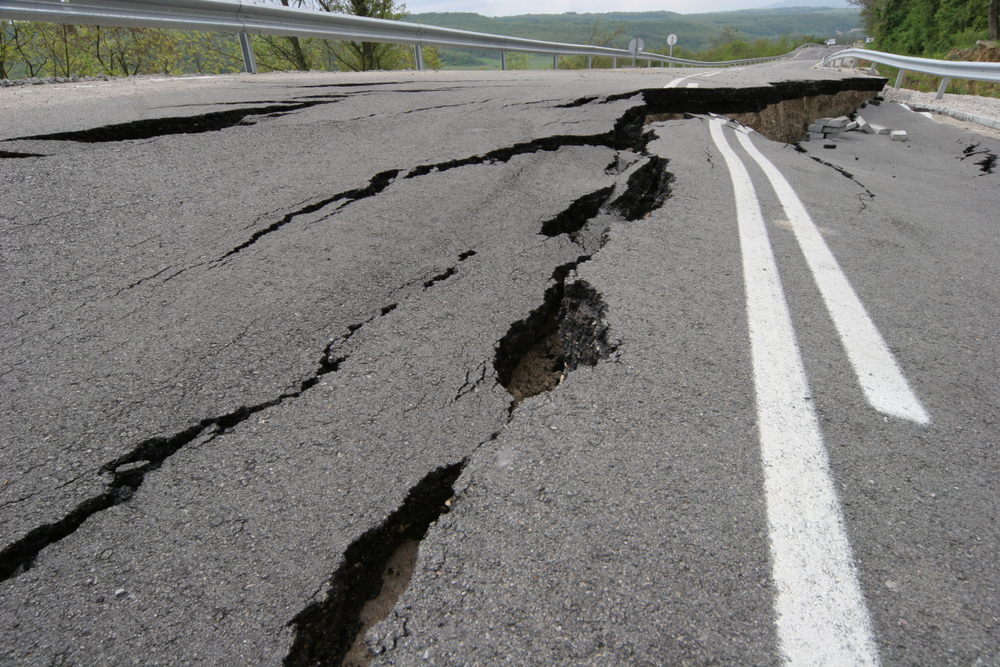
Earthquake preparedness in the United States stands to benefit from the National Earthquake Hazards Reduction Program Reauthorization Act, a bill recently advanced by the Senate that would aid preparation and protection efforts through infrastructure improvements and risk assessments.
The program was first authorized in 1977, but while it has been reauthorized numerous times over the years, it most recently lapsed in 2009. U.S. Sens. Dianne Feinstein (D-CA) and Lisa Murkowski (R-AL), along with eight cosponsors, seek to bring it back. The legislation now heads to the House for further consideration.
“Earthquake-prone states understand the time to prepare for the next disaster is now,” Feinstein said. “I’m pleased the Senate voted unanimously to reauthorize the National Earthquake Hazards Reduction Program to continue vital research and the development of early-warning systems. This life-saving program helps states prepare so they can quickly respond when the next big earthquake inevitably hits.”
If the bill takes effect, it will lead to a number of changes and new measures. It would strip outdated language in earthquake prediction, require production of active fault, fold, and earthquake hazard maps, reduce administrative burdens on federal agencies that counteract data sharing, provide greater direction to appropriate government agencies and order a comprehensive assessment of the nation’s earthquake risk reduction progress.
“The National Earthquake Hazards Reduction Program helps to reduce risks to life and property from future earthquakes, recognizing that earthquake-related losses can be lessened through a coordinated effort,” Peter Shearer, president of the Seismological Society of America, said. “Reauthorization of NEHRP is vital to continued contribution toward the goal reducing the impact of earthquakes on our communities.”




